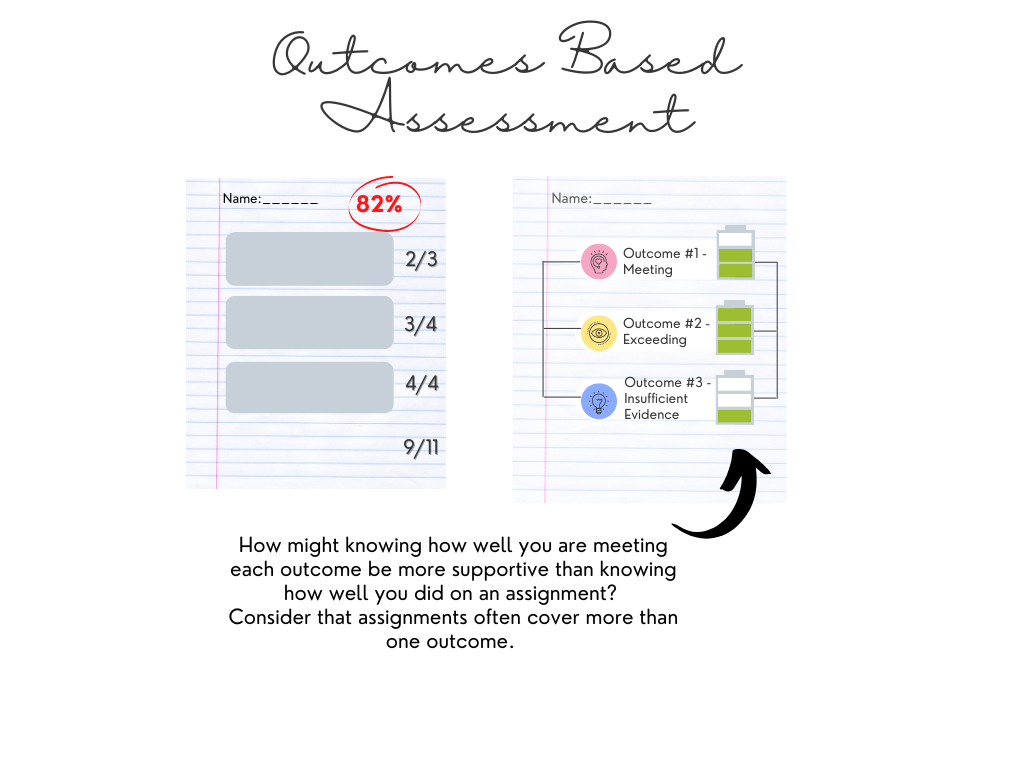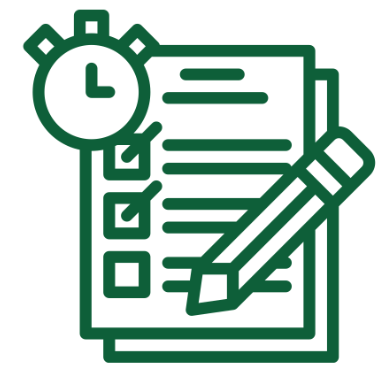Anything But …
By Carolyn Hoessler
Not exams. Not this example. Not that textbook again…Anything but that!
Our rejection of a particular method or medium for teaching may be motivation enough to try something new. However, “Not ____” just rules out a single direction, leaving open all other possibilities. Deciding between the many alternatives involves setting a goal and sensing what features we want to change and what we want to retain.
For example, “Not an exam” leaves open many possibilities depending on our goals. If we want to measure students’ learning of all material in the course, we can decide to keep the end-of-term timing of final exams. A second goal of increasing writing would suggest a written report, while a goal of increasing speaking opportunities for students would point to a presentation. A goal of using an authentic assessment would have us looking for a task where students can perform relevant skills such as solving ill-defined problems that are of local or personal concern. Seeking to have an impact beyond the classroom, could lead to us creating the opportunity for students to collaborate on community-engaged projects within or beyond campus.
“Not repeating last year’s material again!” also has many possibilities as to what, when, how and by whom material is reviewed. The assumption that all information needs to be repeated by the instructor during classtime through slides can be re-imagined. For example, students can create review material to share or access existing materials online, including the numeracy video created by and for Biochemistry Professor Elizabeth Shephards’ students (see the Case Study section of the University College London “Change one thing” webpage).
Stating “Anything but…” frees us to dream, but it is through visioning that we can see where we really want to go with our new freedom: even launching a rocket requires both a direction (usually up) and a magnitude of effort to create an effective force for movement.
Once we identify our goals that set the direction for our efforts, we can then choose the activities and assessments that harness the magnitude of our effort into a meaningful educational force for creating constructive alignment within our courses and in our programs.



